Label reading sounds easy enough, right? Make sure the calorie count isn’t out of this world and keep an eye out for trans fats — that’s it, right? Sadly enough, no. When it comes to nutrition labels, the information you need to pay attention to goes much further than half-heartedly glancing at how many calories you are about to consume. According to the FDA, this is the order you should be looking at a nutrition label and what you should be doing with the information.
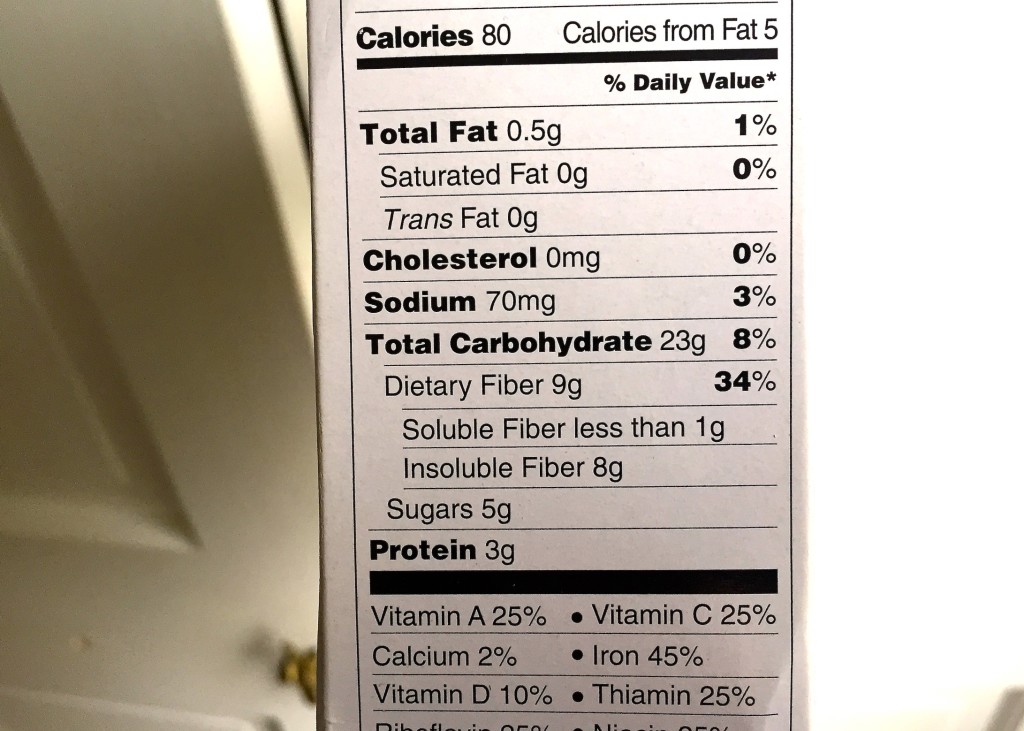
Photo by Dannah Strauss
1. Serving Size
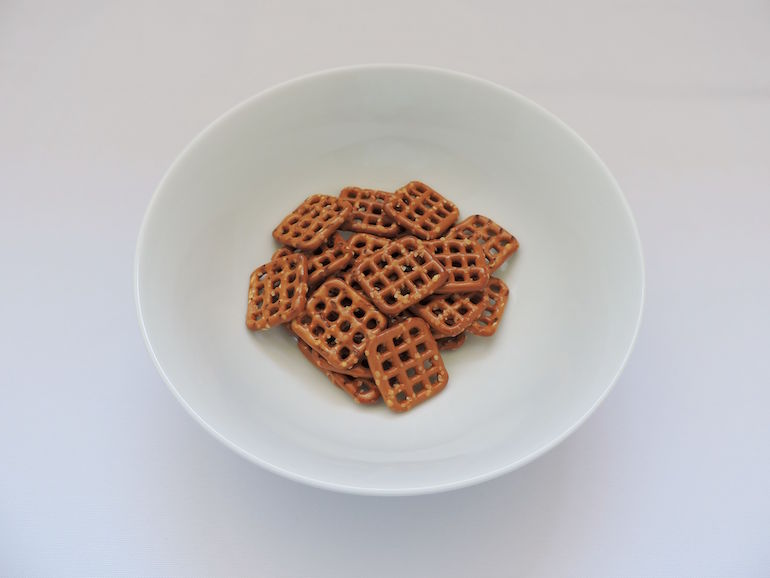
Photo by Sabrina Kistler
The first thing that you need to look at when deciphering a nutrition label is the serving size. This is typically the first thing listed, just below the large “Nutrition Facts” headline. A tip from the Food and Drug Administration (FDA) about interpreting serving size is to “Pay attention to the serving size, especially how many servings there are in the food package. Then ask yourself, “How many servings am I consuming”?”
2. Calories
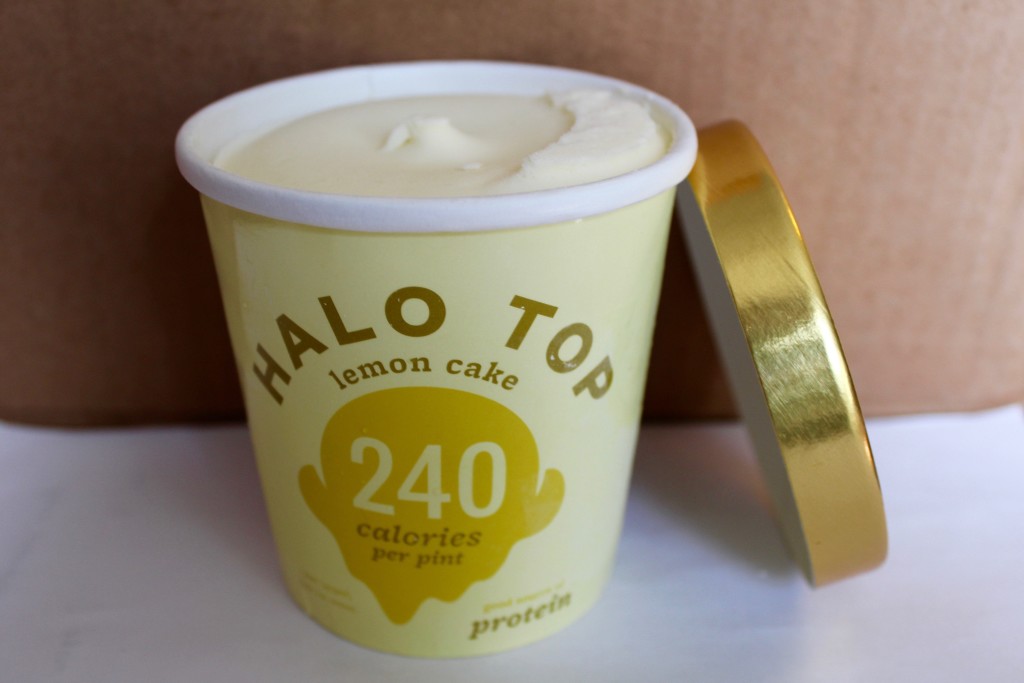
Photo by Meredith Davin
Of course, calories are going to be important when it comes to nutrition. The amount of calories that you consume is equivalent to the amount of energy that your body is absorbing when eating. It is important to make sure that you are consuming enough energy to fuel your body effectively, but not so much that you begin to gain weight.
It is common for people to confuse what number is too high or too low, regarding calories. The FDA says that anything that has between 0 and 99 calories is considered “low,” any food containing 100 to 399 calories is classified as “moderate” and foods with 400 calories or more would be considered to be “high” in caloric content.
3. The Nutrients
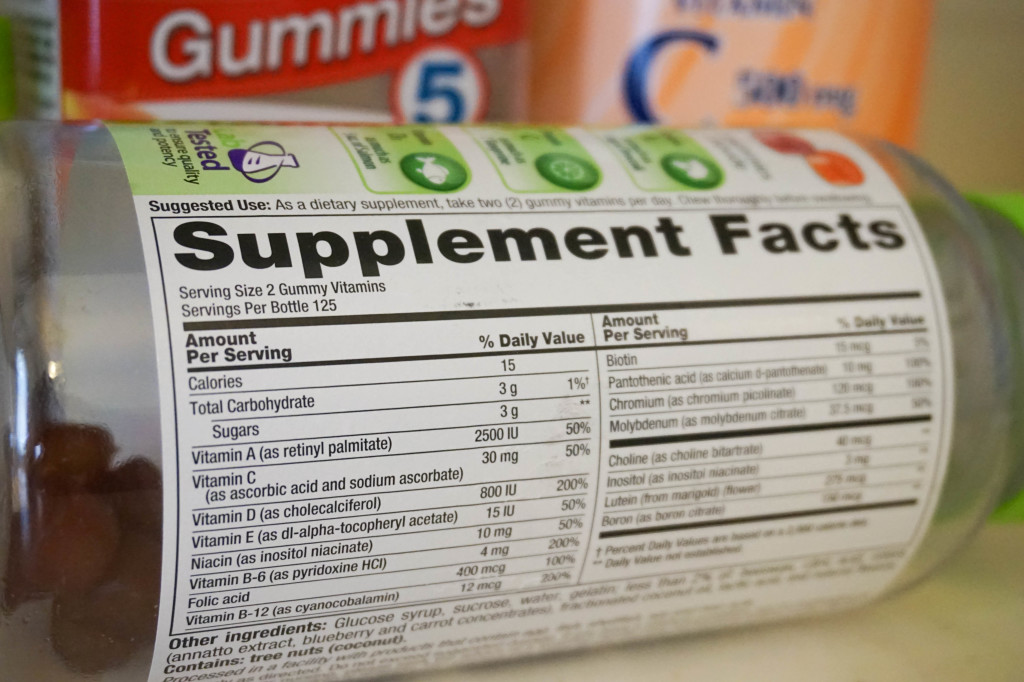
Photo by Courtney Cheng
Ironically, nutrients are probably the most ignored part of a nutrition label, but they really shouldn’t be. Food labels will tell you the amount of both good and bad nutrients that are present in the food you are eating.
The first step when analyzing nutrient levels is to check how much fat, cholesterol and sodium the food has. You want to limit your intake of these things as much as possible. Any quantity higher than zero isn’t too good for you, but it won’t kill you either. Try to keep it on the low side when it comes to these.
Alternatively, dietary fiber, vitamin A, vitamin C, calcium and iron are all things that you want high amounts of in your diet. Keep a look out for the levels of these — the more, the better.
4. The Percent Daily Value
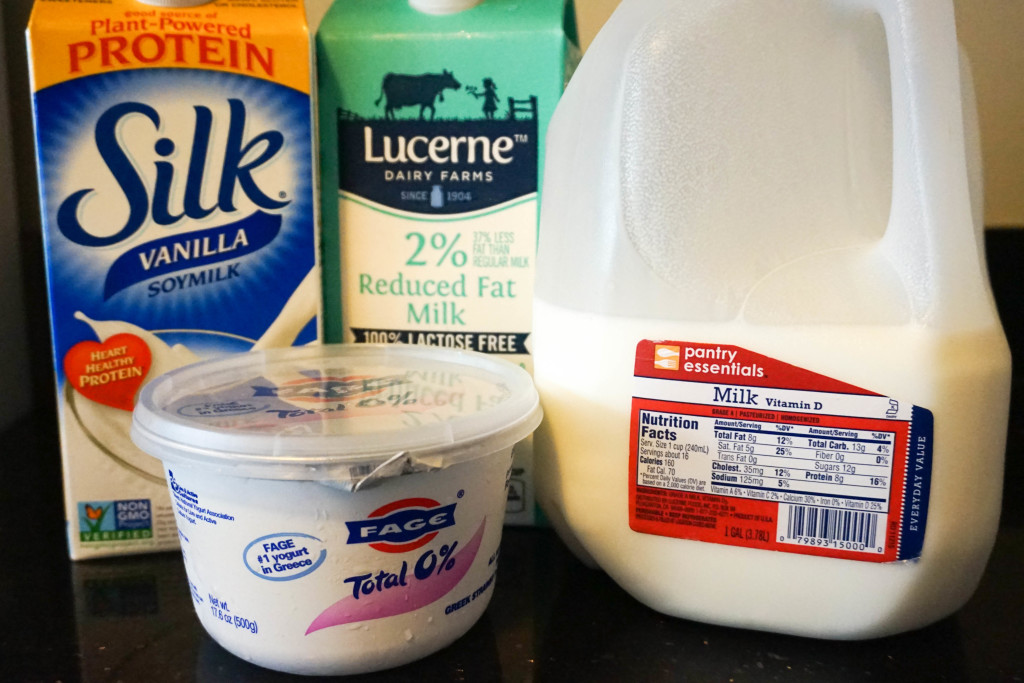
Photo by Courtney Cheng
Chances are, you have been looking at the “percent daily value” column of nutrition labels with a perplexed eye for years now. In reality, it isn’t as confusing as it seems. The percentage is meant to represent the recommendations for key nutrients per day.
For example, if next to the “carbohydrates” row, the PDV is listed as “20%,” that means that it accounts for 20% of your daily need for carbohydrates. These values are all based off a 2,000 calorie a day diet, so these percentages could vary depending on how much food you typically consume in one day.
Through the Eye’s of a Nutritionist

Photo courtesy of @Nourishsnacks on Instagram
Now that you understand how to properly read a nutrition label, you’re ready to learn how a nutritionist reads one. Heather Bauer, a famous nutritionist, recently published an article in the Huffington Post, explaining how she looks at nutrition labels and what we should all be getting from reading a nutrition label.
According to her, the first step is to look past the fat content and number of calories. Although they are still important, solely paying attention to these factors won’t give you an accurate idea of how healthy something is for you. Noticing things like sugar content, sodium and carbohydrates are imperative when studying a food label.
Her next tip is kind of a no-brainer; you want to look for foods with short ingredient lists. Most of the time, more ingredients means more artificial flavors and chemical and less whole or natural ingredients.
A nutrition label can also be used as an insurance policy against deceitful packaging. Sure, the box might say it’s healthy, but do the nutrition facts support its claim? Now that you’re a wiz when it comes to nutrition labels, you can decide for yourself.


